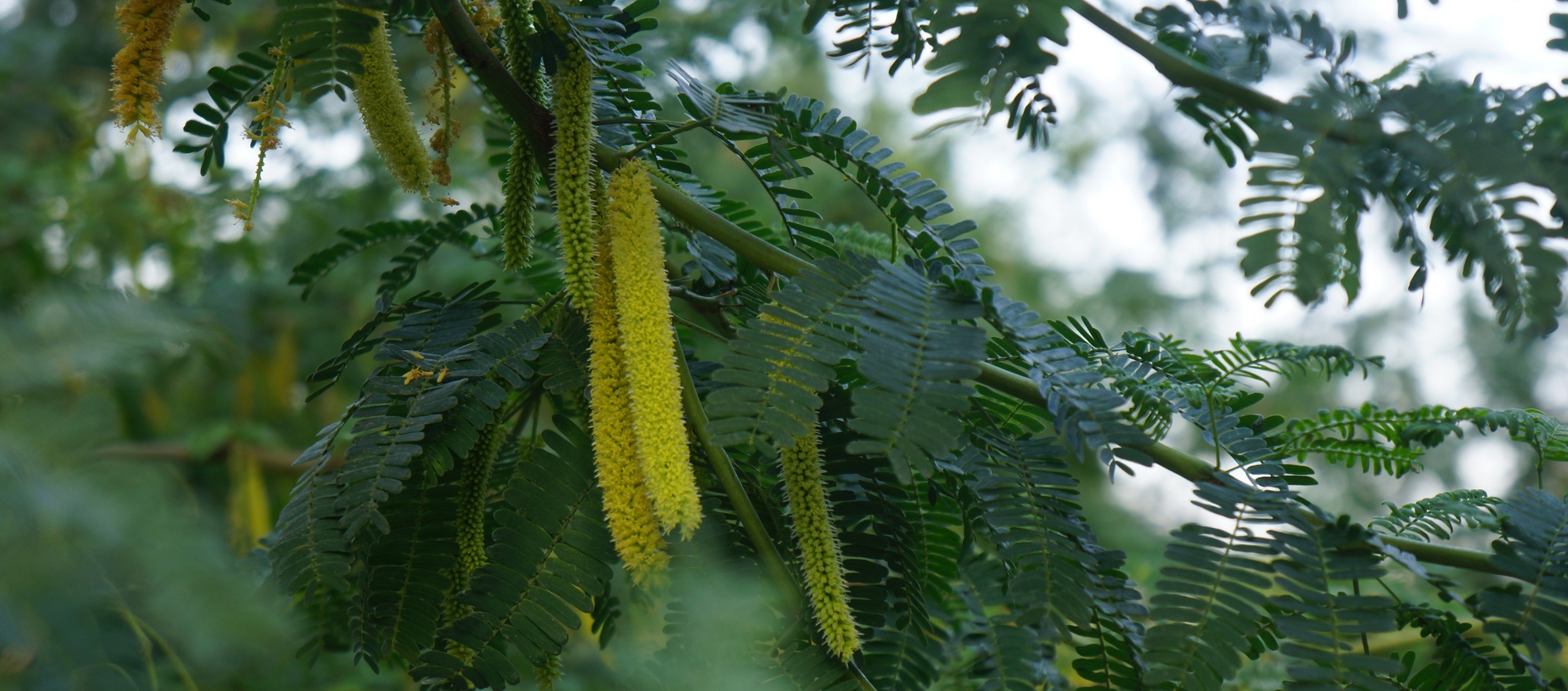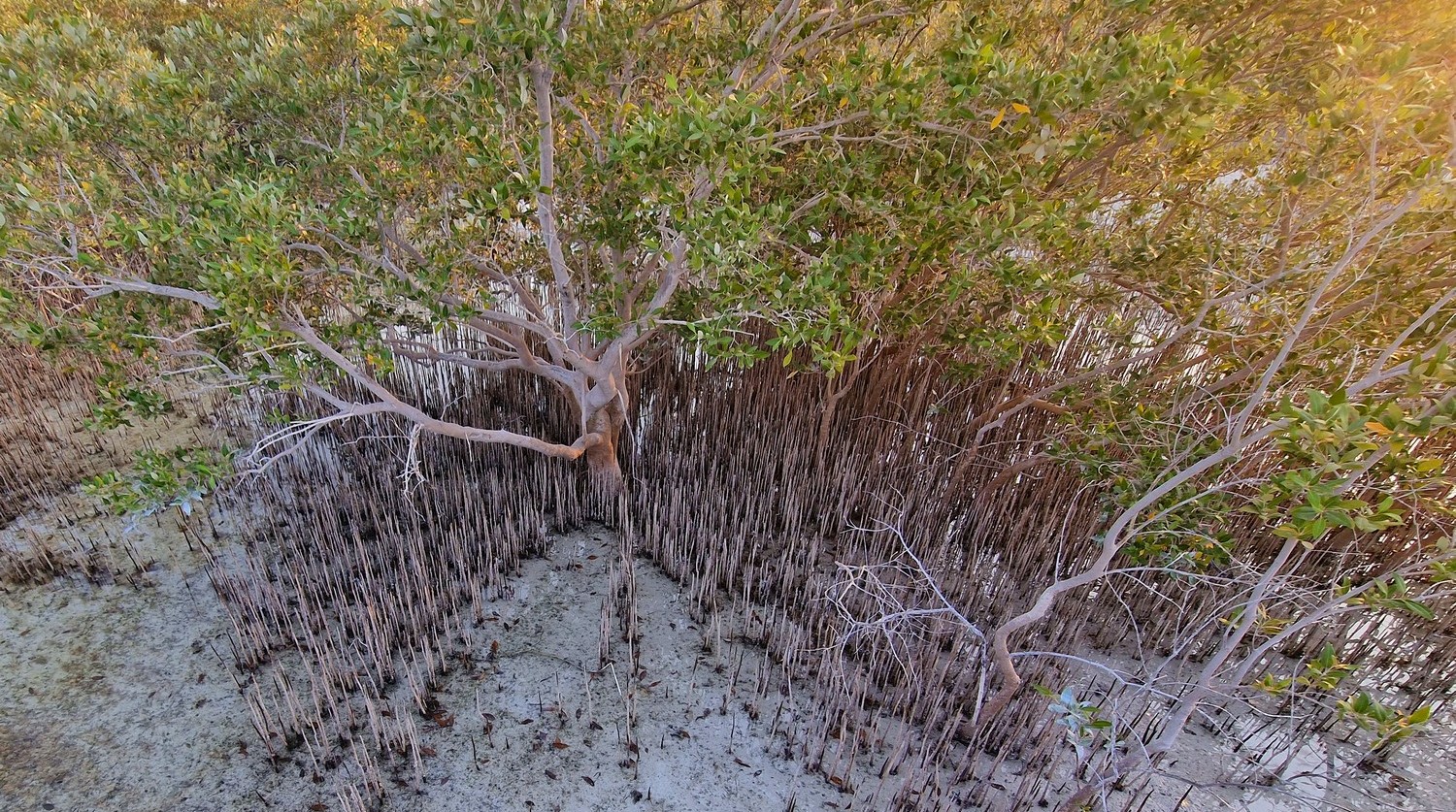This article was published in Landscape Middle East magazine in January 2024. In light of the recent severe storms and floods in the UAE, I thought it would be timely to post this here. How we treat soil and irrigate trees has a big effect on how resilient trees are in resisting damage from such storms. The principles set out here are universal and apply everywhere.
Trees are a bit like icebergs – there’s much more underground than meets the eye. Not so much in physical size perhaps (root:shoot ratio), but in importance; if you want a healthy tree, you need healthy roots and so must have healthy living soil. Most urban trees don’t have that so it is essential to understand why and what we must do.
We traditionally think of soil in terms of structure (texture), chemical (nutrient) makeup and organic matter. These are the factors that horticulture deals with but what is missing is the most vital ingredient – life. The soil is – or should be – a living biosphere, a soil food web. The region around roots is called a rhizosphere. Traditional thought is that life in soil equals pests, such as fungi, nematodes or bacteria, but nothing is further from the truth. In fact, the more life a soil has, the fewer problems, for the benign life (which is the majority) holds the negative aspects in check. Bad things run riot only when the ecosystem is out of balance.
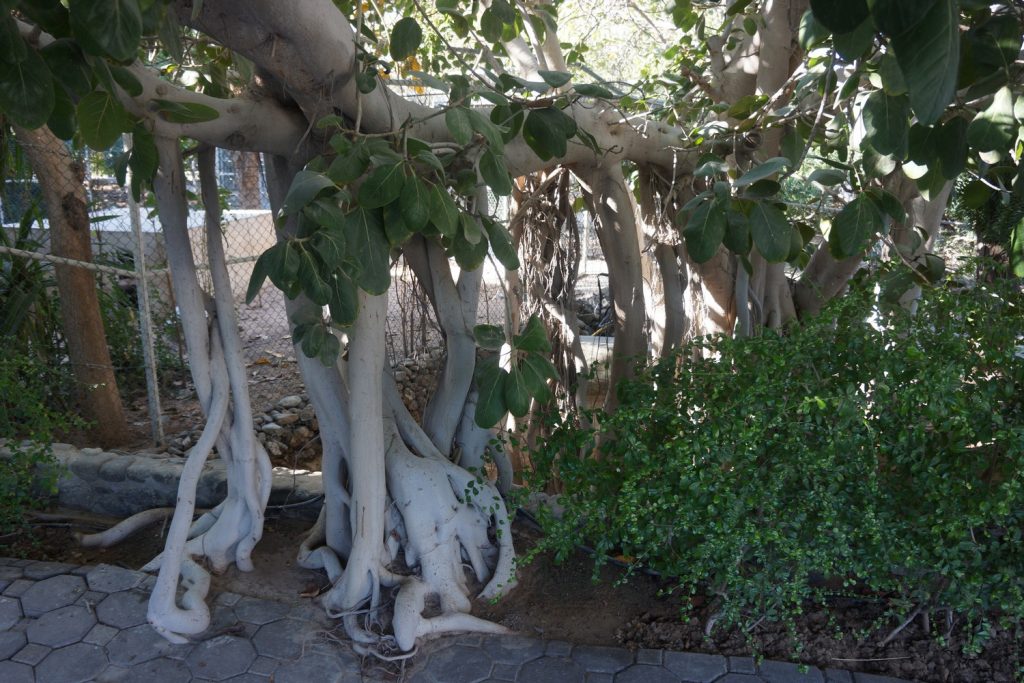
Soil life consists of many forms, including bacteria, protozoa, nematodes, fungi and microarthropods. One of the most important is mycorrhizal fungi. These form symbiotic relationships with trees and are obligate – necessary, not optional – for over 90% of plants and trees. A sterile or imported soil will have no natural source of these, and adding a packet of mycorrhizal fungi into a planting mix will solve nothing – many such relationships are region and species specific. They are important because they attach to the fine root hairs and seek out far flung nutrients (especially phosphorus) and water which are beyond the reach of the roots. In return, the tree gives the fungi around 20% of the photosynthate it generates. They play a key role in the survival of many desert species, including ghaf.
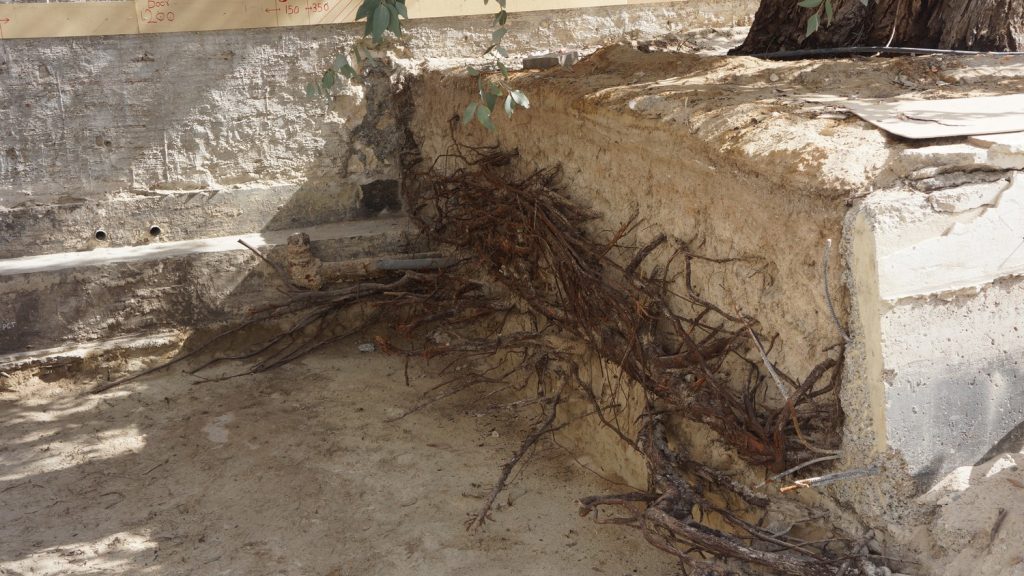
A common practice in coastal areas of the Gulf region is to remove the existing soil and replace it with ‘sweet soil’, a sand dune-based soil mixed with some organic matter. This will have a lower salinity but will be devoid of any meaningful microbiome, especially suitable mycorrhizae. With little biological process occurring, the organic matter soon oxidizes away. Adding fertilizer just compounds the problem as this has an inhibitory effect on mycorrhizae as the tree no longer signals its needs. It’s better to work with existing soils, plant species that cope with the conditions and develop a dynamic soil food web. Salinity can be managed by species, healthy soil (mycorrhizae help manage salinity), correct irrigation regime and mulch.
There is precious little research being done on Middle East soil food webs and mycorrhizal fungi, but I have found one paper which describes four species of arbuscular mycorrhizal fungi (AMF), from research carried out in Oman[1]. There will be many more species working unrecorded. It should be noted that these are not the same as decay fungi (saprotrophs), which also play a vital, but different role of nutrient recycling through decay. Decay is not a defect, though it may have to be managed in a human context.
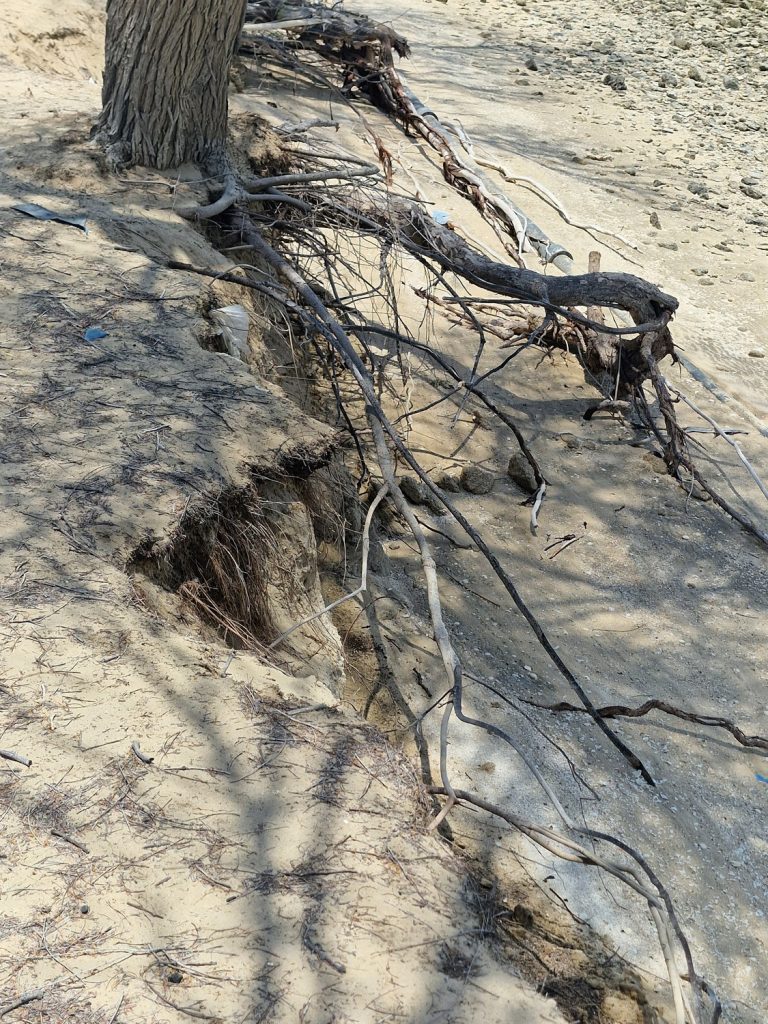
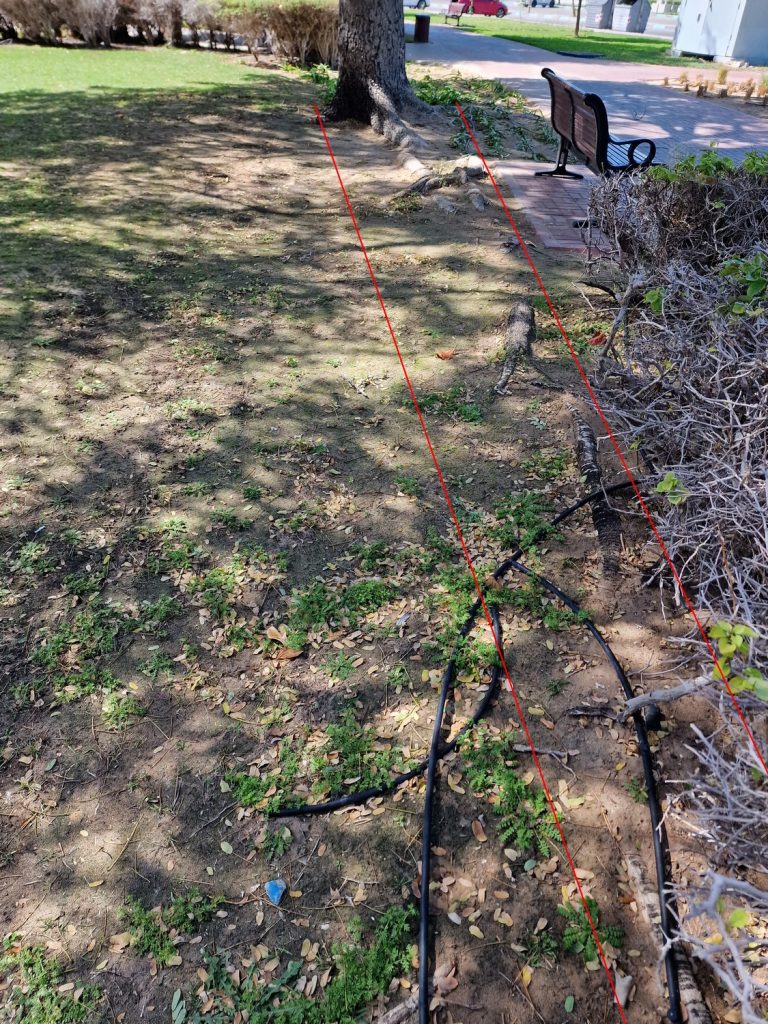
One of the main problems with arid, sandy soils is the lack of micropores and organic matter. The two are related, for micropore structure binds nutrients and creates homes for all the bacterial and fungal life and crucially, retains water that the macropores allow to drain away. If we can increase the micropore structure, we can reduce the amount of water needed to keep plants alive. There are soil amendments available such as zeolites and liquid clays which provide this micropore structure, but the best long-term solution could be biochar, made locally from organic waste, such as palm fronds, or chipped wood from trees grown as agroforestry crops or coppice landscapes (see my last article in November 2023 issue). Such a solution is cyclical, local and would be an active, long-lasting carbon sink (with possible carbon credits).
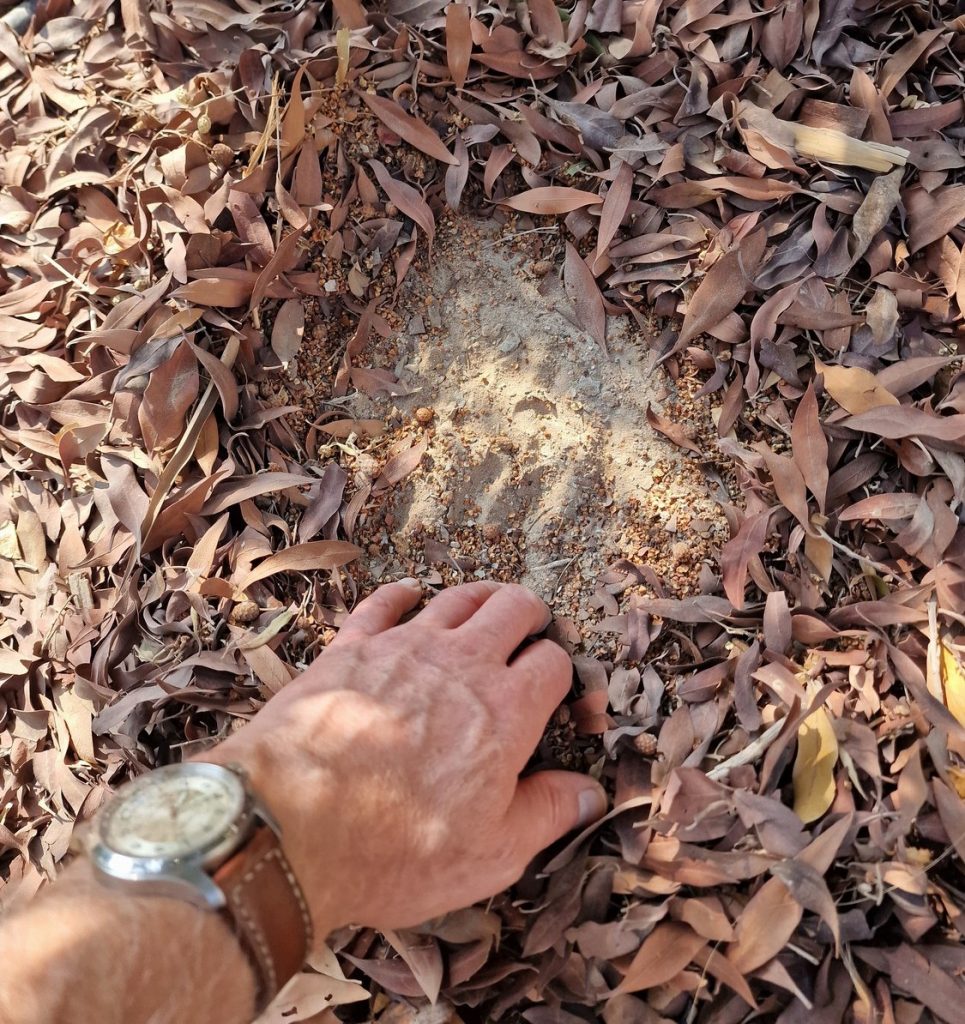
Most tree roots are shallow, occupying the top 60cm of soil. We think of desert-adapted trees as deep rooting and many are, but that is still only the minority of the roots, perhaps 10%. The fine root hairs that do the work need to absorb oxygen for respiration and that is most abundant near the surface (to appreciate the need for gaseous exchange, think of the breathing tubes (pneumatophores) that mangrove trees produce). An unrestricted root run may show that roots can be found at 2.5 times the tree canopy diameter, far beyond the drip line. Now think of the average root ball size of a transplanted tree and you can see that most of the functioning roots (generally those furthest from the tree) have been removed.
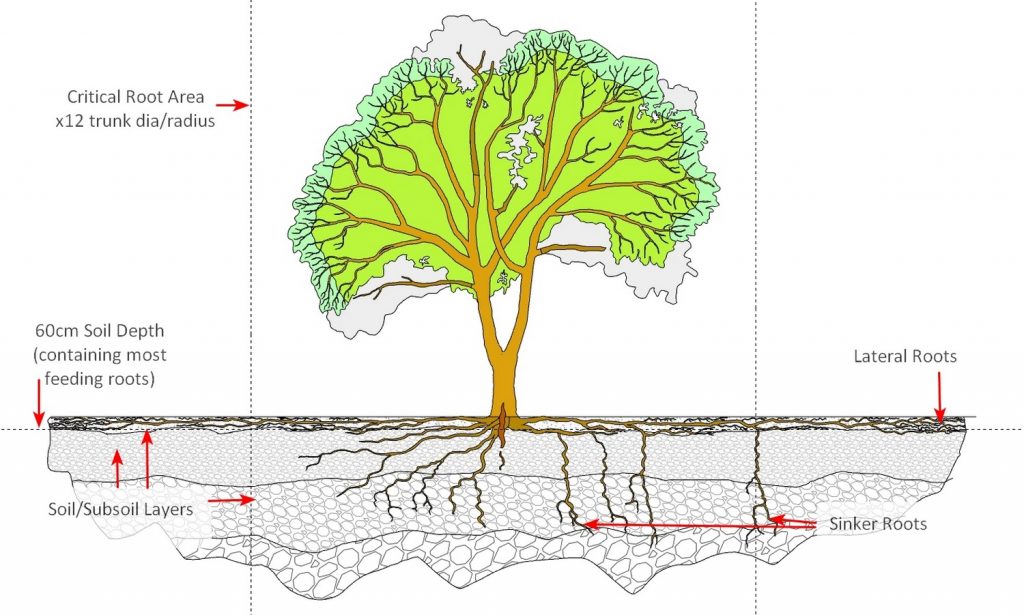
There are four basic forms of tree root structure: plate roots, sinker roots, heart roots and tap roots (there are also aerial roots, but that’s different). I know of no studies of the root system types of regional trees but would suspect most arid adapted trees are sinker root system trees (see diagram). Running field studies to reveal root structure of native/adaptive trees, made using an air spade, would be highly beneficial to our understanding of arid tree growth. Perhaps such research would need to be sponsored or carried out by a horticultural or botanical institution.
What does this root structure tell us about how we should manage trees? First, attend to the soil, second, look at the irrigation, third look at the Critical Root Area (Critical Root Zone in the USA – CRA or CRZ). This is calculated by taking the Stem diameter and multiplying by twelve to give a radius, which is the CRA. A better multiplier is 18. These are accepted standards, but it needs to be acknowledged that many tree roots will extend far beyond this. In the diagram, the vertical dotted lines represent a CRA of x12. Most of the active roots will be beyond this radius, so this is a compromise between the ideal and the practical.
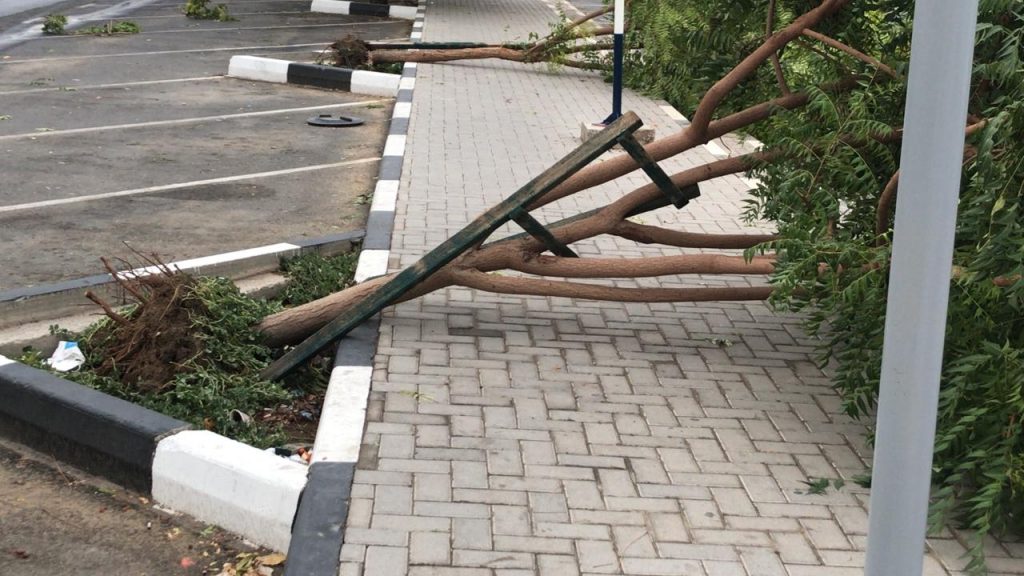
A typical well-dug planting pit of 1.5 x 1.5 metres does little to support the long-term health of a tree unless the soil outside this area is also considered. If ‘sweet soil’ has been used to fill the pit, then the tree may struggle to move beyond and into the native soil. I would recommend instead deep injection of biochar into the lower regions of soil (50 – 100cm) via an air lance, plus addition of locally sourced mycorrhizal fungi, best taken from an established tree root zone of the same species, in native soil. Only small quantities are needed; every footprint you make in soil will cover a mind-boggling 300 miles of mycelial hyphae. Naturally, taking inoculated soil (a few shovelfuls will suffice) must not cause damage to established trees.
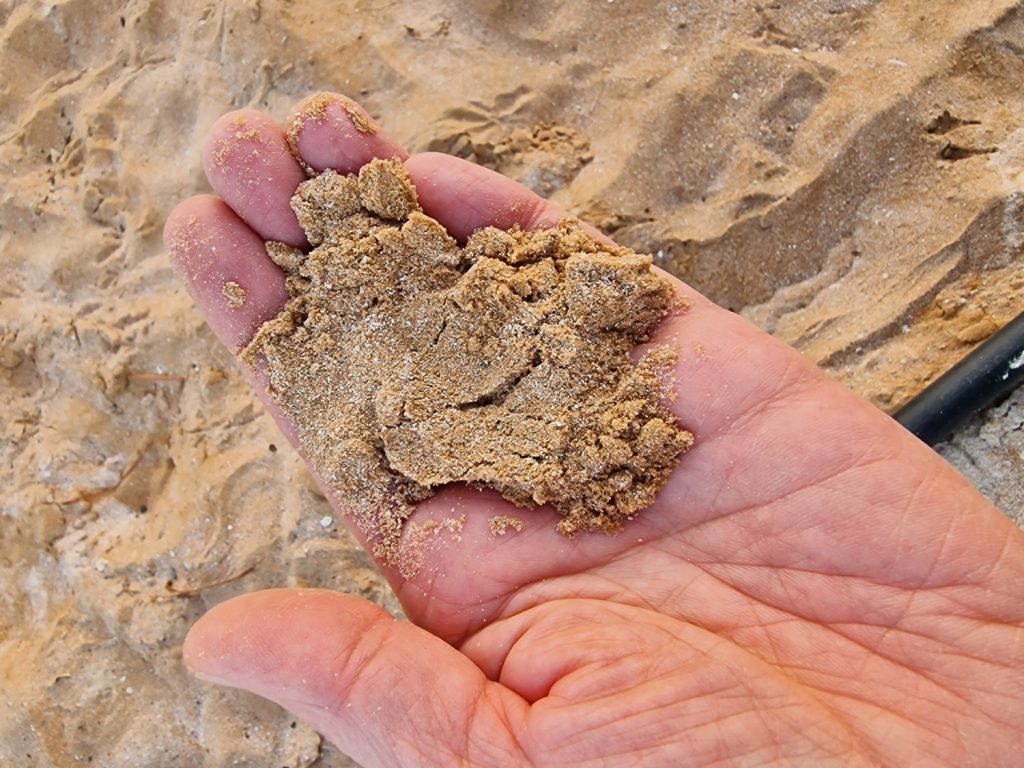
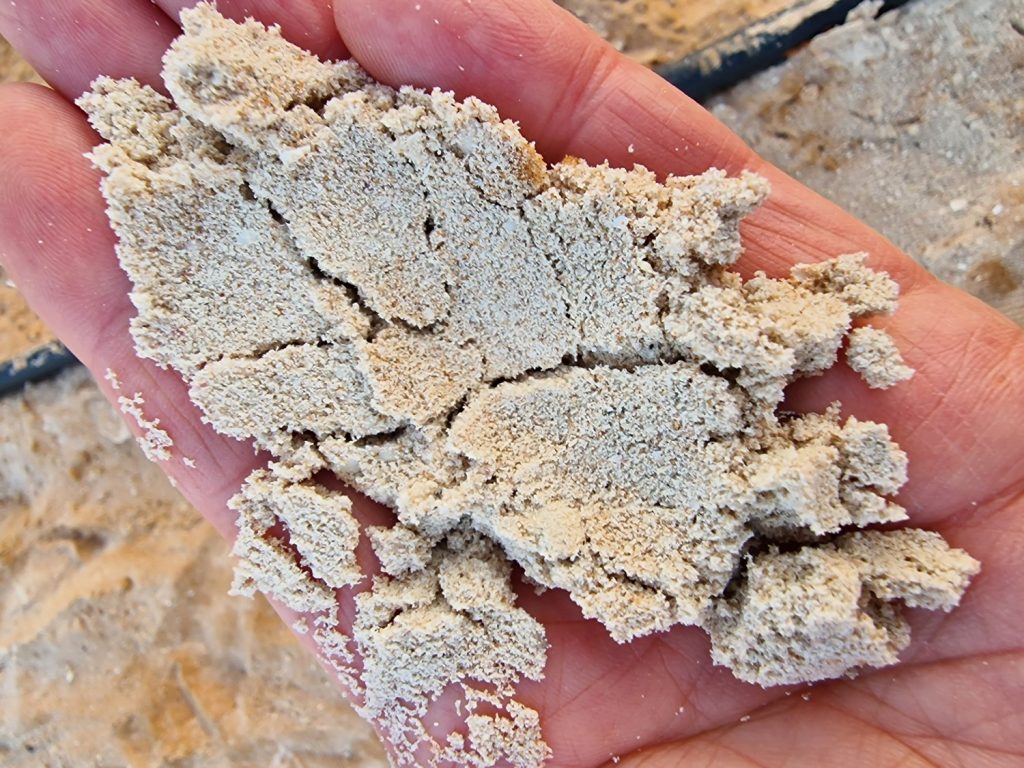
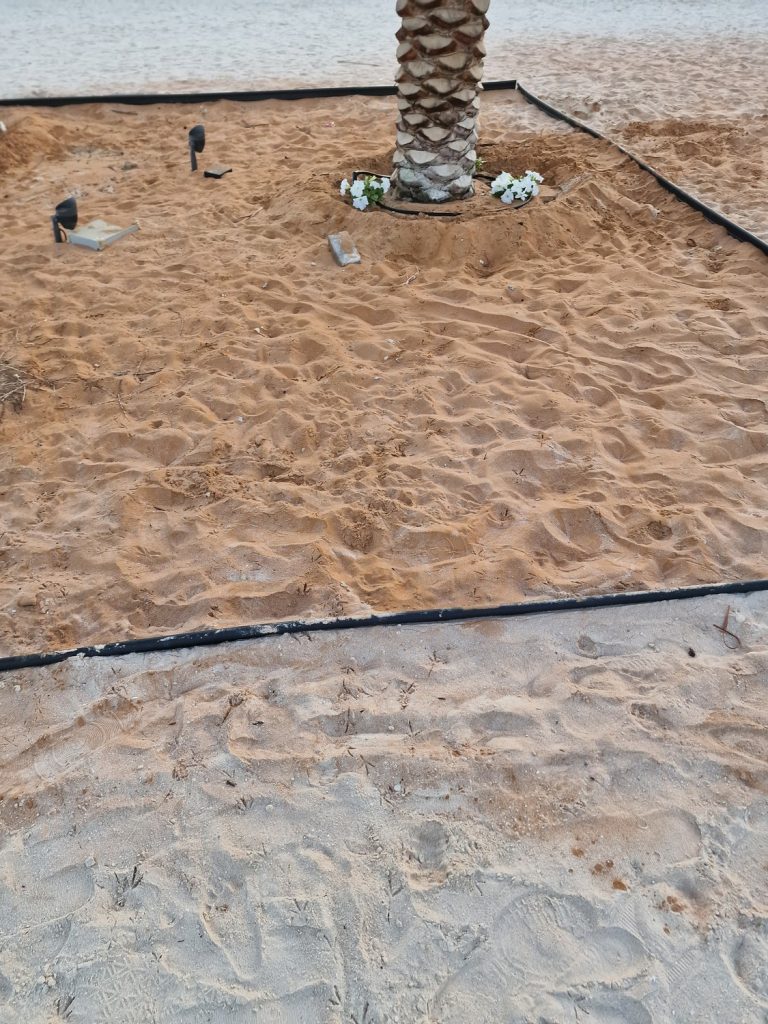
Water should be applied at intervals, rather than daily, and in sufficient amounts to soak in deeply, perhaps via subterranean pipes. Trees don’t need water applied every day, irregular intervals plus some drying out of ground is good for them. Water moving vertically draws down fresh oxygen and carbon into the soil and biochar or similar which provides the macropore space will hold onto much of this, making it available over time to both tree roots and especially the mycorrhizal fungi.
Finally, place a good layer of organic mulch over the CRA, or wider if possible. This can be quite deep, 100mm or so (not placed against the tree trunk though). And will help prevent evaporation and keep the soil cooler, whilst providing a food source for all the soil microbiology – and so indirectly, for the tree. Feed the soil, not the tree. My previous article ( LME magazine, November 2023) talked of how we can utilize our landscape material (coppiced material, or arisings) to generate local mulch.
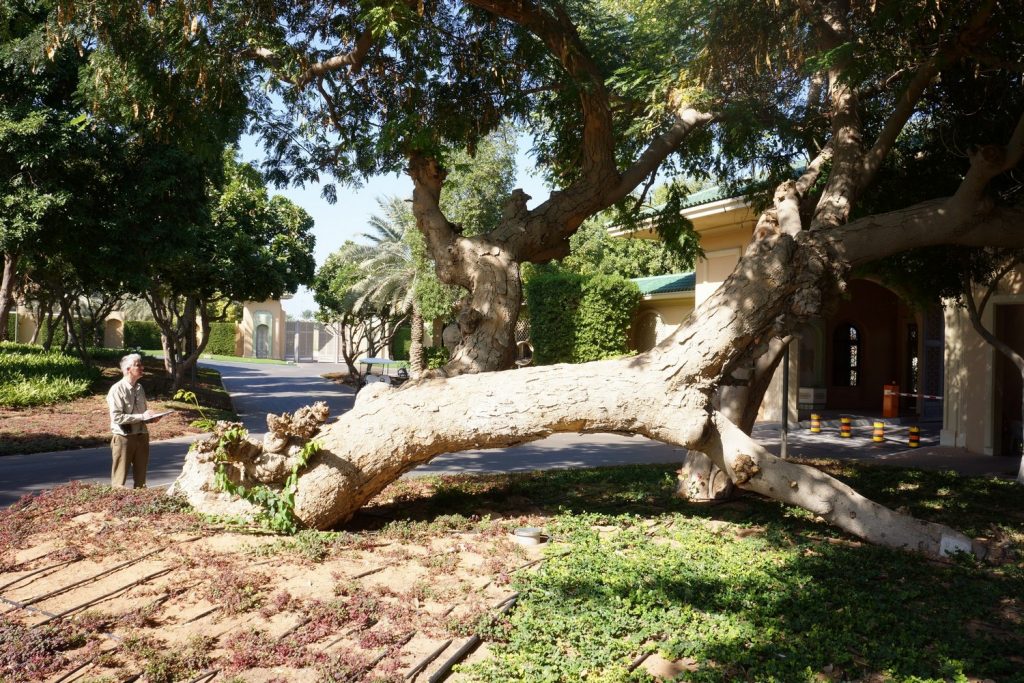
Appreciate the soil, take these simple steps to protect and enhance it, and the soil will look after the trees. The trees, when healthy, will look after us.
[1] Isolation and identification of desert habituated arbuscular mycorrhizal fungi newly reported from the Arabian Peninsula
Sarah SYMANCZIK, Janusz BŁASZKOWSKI, Sally KOEGEL, Thomas BOLLER, Andres WIEMKEN,
Mohamed N AL-YAHYA’EI
